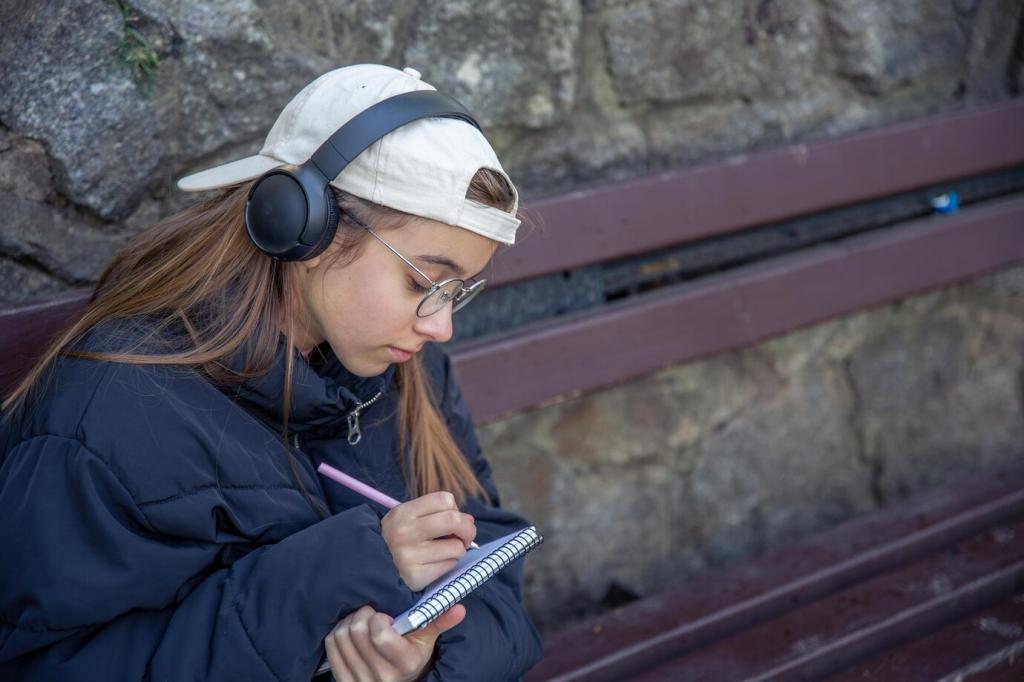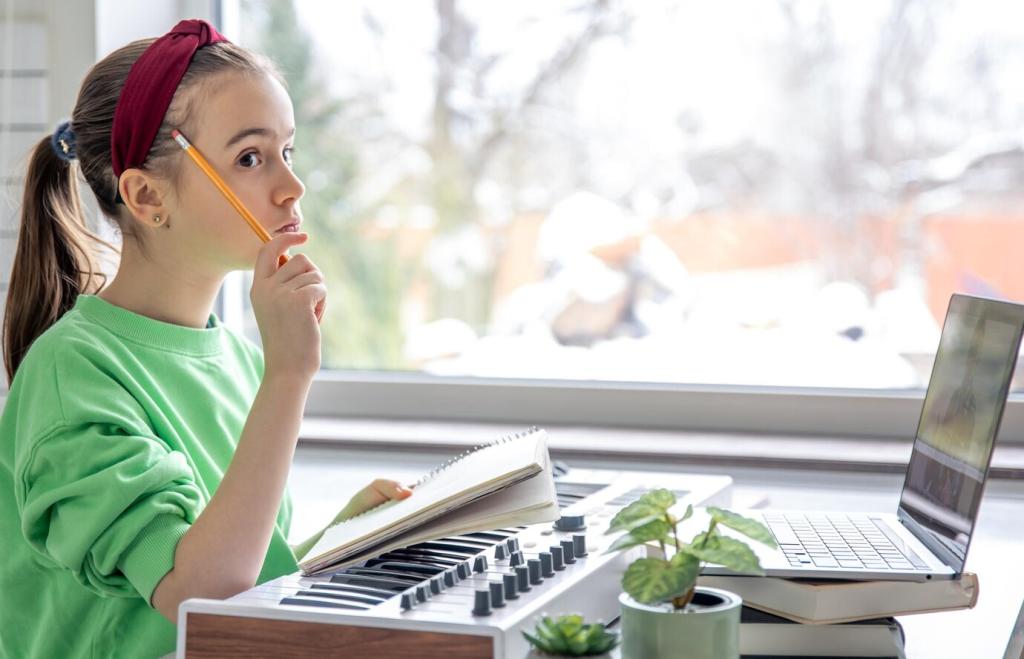Case Studies: Moments Elevated by Music
In a small festival drama, the composer shifted one chord to minor beneath a reconciliatory hug. Suddenly, the embrace carried grief and acceptance together. Audiences reported tears not from sadness alone, but from the complex relief layered within.
Case Studies: Moments Elevated by Music
Dynamic scoring in a stealth game crossfaded to thinner textures when players hid, then bloomed into tense ostinatos as guards approached. The soundtrack trained strategy through feeling, turning fear into focus and transforming trial-and-error into an embodied dance.







